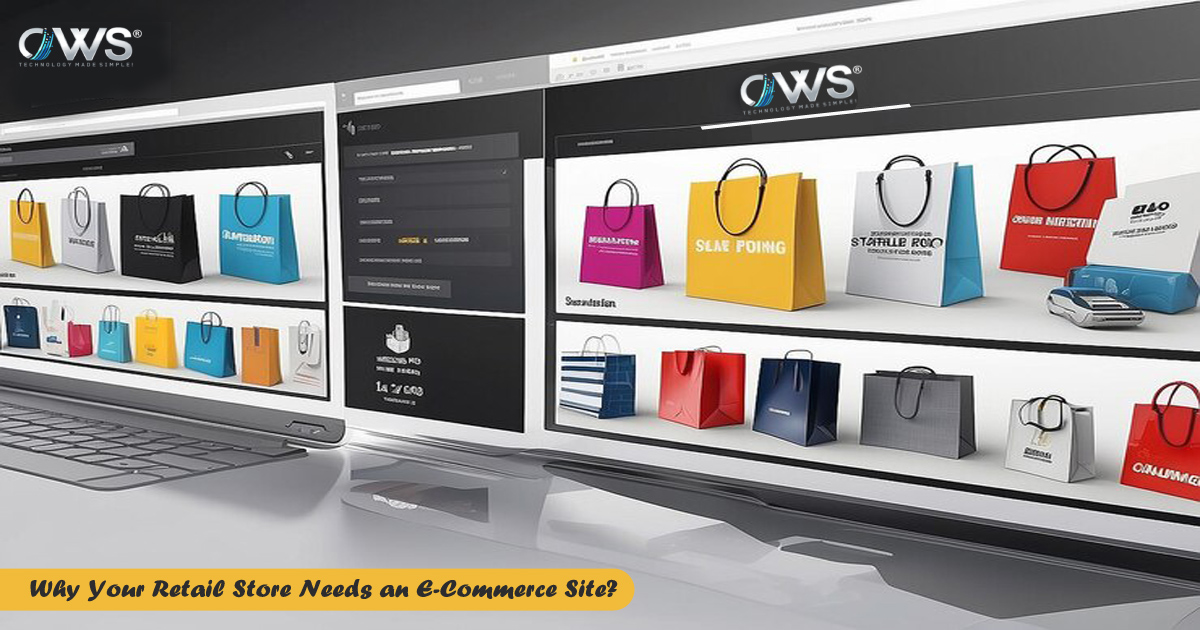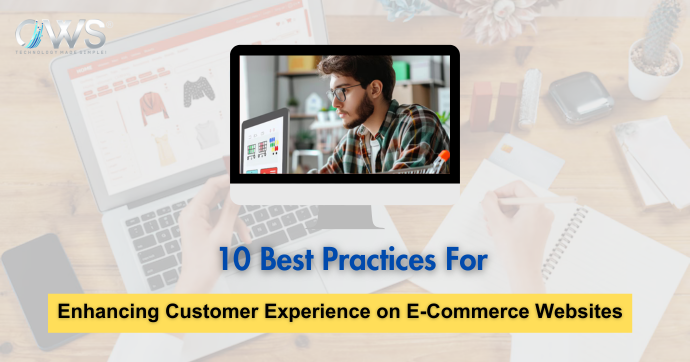Overview
The landscape of consumerism has undergone a dramatic metamorphosis in recent years. The relentless rise of online shopping has fundamentally reshaped how we approach the act of acquiring goods. From the methods of product discovery to the very nature of interaction, the retail industry has witnessed a seismic shift. This post delves into the evolution of shopping, tracing its trajectory from the traditional brick-and-mortar experience to the burgeoning realm of e-commerce.
What is Ecommerce?
Ecommerce, or electronic commerce, has revolutionized the way we shop. It refers to the buying and selling of goods and services entirely online. This vast ecosystem encompasses various data, systems, and tools that facilitate transactions between online buyers and sellers. From mobile shopping experiences to secure online payment encryption, ecommerce offers a convenient and accessible alternative to traditional brick-and-mortar stores.
The widespread adoption of ecommerce is undeniable. Most businesses with an online presence leverage online stores and platforms to conduct marketing and sales activities, manage logistics, and oversee order fulfillment. According to eMarketer, global retail ecommerce sales surpassed a staggering $5 trillion in 2022, accounting for over 20% of all retail sales. This trend is expected to continue, with projections indicating total spending exceeding $7 trillion by 2025 despite a potential slowdown in growth.
Sizing Up Ecommerce Businesses
The beauty of ecommerce lies in its accessibility. Businesses of all sizes, from fledgling startups to established enterprises, can leverage its power. Here’s a breakdown of the four main categories of ecommerce businesses you’ll encounter:
- Startups: These are businesses or projects in the early stages of development, often driven by an entrepreneur pursuing a novel business model. Typically, startups have less than 100 employees, with profitability taking precedence over sheer size as a defining factor. According to TechCrunch writer Alex Wilhelm, a company graduates from startup status upon reaching a $50 million annual revenue run rate or achieving a valuation exceeding $500 million.
- Small Businesses: These encompass sole proprietorships, partnerships, or corporations offering products or services. Compared to large corporations, small businesses generate less revenue and have fewer employees. The U.S. Small Business Administration defines a small business based on employee size (ranging from 100 to over 1,500) or average annual receipts (between $1 million and over $40 million).
- Mid-Market Businesses: Also known as Small and Medium-sized Enterprises (SMEs), mid-market businesses typically have 101-500 employees and generate annual revenue between $10 million and $1 billion, according to Sangoma.
- Enterprise Businesses: These are large-scale corporations with over 1,000 employees and annual revenue exceeding $1 billion. Interestingly, since the beginning of 2020, enterprise-level companies have been responsible for a significant portion (45%) of ecommerce software purchases.
Read Also | Why Do You Need an E-commerce Marketing Strategy for Your Startup?
The Many Facets of Ecommerce
Ecommerce encompasses a diverse range of business models, each catering to specific buyer-seller interactions. Here’s an overview of the seven main types of ecommerce:
- Business-to-Consumer (B2C): This is the most widely recognized model, where businesses sell directly to individual consumers. Examples include online retailers selling clothing, electronics, or groceries.
- Business-to-Business (B2B): In this model, businesses sell products or services to other businesses. An example could be a company supplying office supplies to other businesses.
- Consumer-to-Consumer (C2C): This model facilitates transactions between individual consumers. Online marketplaces like eBay or Craigslist exemplify C2C commerce.
- Direct-to-Consumer (D2C): Here, manufacturers bypass traditional retail channels and sell directly to consumers through online stores. This approach allows them to control brand messaging and potentially offer more competitive pricing.
- Consumer-to-Business (C2B): This model flips the traditional script. Here, individual consumers offer services to businesses. Freelance marketplaces like Upwork or Fiverr are prime examples of C2B commerce.
- Business-to-Administration (B2A): This model involves businesses selling goods or services to government agencies or public institutions.
- Consumer-to-Administration (C2A): In this model, individual consumers purchase goods or services directly from government agencies. Examples include online citizen portals for paying taxes or renewing licenses.
How E-commerce Reshaped the Retail Landscape?
The retail landscape is undergoing a metamorphosis driven by the ever-evolving digital landscape. Consumer behavior is fundamentally shaped by technology, presenting both challenges and opportunities for traditional brick-and-mortar stores. One of the most critical steps retailers can take to prosper in this competitive environment is to wholeheartedly embrace e-commerce. This blog post will delve into the compelling reasons why your retail store needs an e-commerce site and how it can unlock a new era of growth and success.
Expanding Your Reach: Break Geographical Barriers
A physical store limits your customer base to a specific location. However, an e-commerce site shatters these geographical constraints. A well-designed e-commerce platform empowers you to connect with customers across vast distances, encompassing entire cities, states, and even international borders. The global marketplace becomes your playground, opening doors to unprecedented revenue streams and growth potential. Select the best ecommerce website development company for your eCommerce business
Convenience Reigns Supreme: Cater to the Modern Customer
In today’s fast-paced world, convenience reigns supreme when it comes to consumer decisions. An e-commerce site provides customers with the luxury of browsing and shopping from the comfort of their own homes, eliminating the need to navigate traffic and contend with the hassle of physical stores. The unparalleled convenience of 24/7 accessibility translates to a business that is perpetually open, catering to customer needs at any hour.
Personalized Experiences: Fostering Customer Loyalty
E-commerce sites offer a unique opportunity to craft a personalized shopping experience for each customer. By leveraging data analytics and insights gleaned from customer behavior, you can provide tailored product recommendations, exclusive discounts, and personalized marketing messages. This data-driven personalization fosters customer loyalty, encouraging repeat purchases and positive word-of-mouth referrals that expand your reach organically.
Sales Potential: A Broader Product Offering
An e-commerce site allows you to showcase a far more extensive range of products compared to the limitations of a physical store. This expanded product selection attracts a wider customer base, increases the average order value, and significantly boosts overall sales potential. Furthermore, e-commerce platforms empower you to run targeted promotions and strategically cross-sell or upsell products, maximizing revenue generation opportunities.
Data-Driven Decisions: Make Informed Choices
E-commerce platforms provide a treasure trove of valuable data and analytics that offer profound insights into customer behavior, popular products, and prevailing sales trends. This data-driven approach empowers you to make informed decisions regarding inventory optimization and marketing strategies, ensuring they are meticulously tailored to align with customer preferences.
Omnichannel Retailing: A Seamless Experience
An e-commerce site empowers you to adopt an omnichannel retailing approach, seamlessly integrating your online and offline sales channels. This creates a consistent and positive customer experience, regardless of whether they choose to shop in-store, online, or through mobile devices. This synergy between your physical and digital presence strengthens brand perception and fosters unwavering customer loyalty.
Conclusion
In the contemporary retail landscape dominated by digital experiences, possessing an e-commerce site is no longer a mere perk; it’s an absolute necessity for sustained success and growth. e-commerce empowers your retail store to expand its reach, elevate customer experiences, and tap into the boundless potential of online sales.








